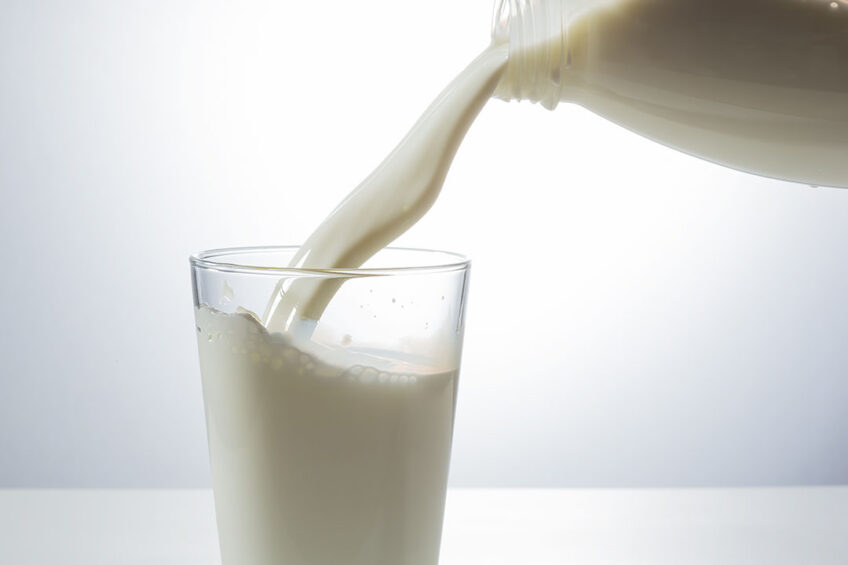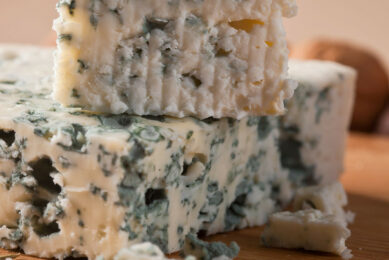A quick stop at Thailand’s dairy sector

In Thailand, the main sources of raw milk production are concentrated in the central, northeast, and northern regions. Like any other sector, the dairy sector in Thailand also has some challenges. However, with collaboration within the sector there are some great strides being made to develop it further. Here’s a quick glance at Thailand’s dairy sector.
There were 24,229 dairy farmers operating dairy farms, and the number of dairy cattle in Thailand was 8,11,756 head, according to data from May 2020. In terms of where the most dairy farms are situated, the 3 most extensive dairy farming regions are Nakhon Ratchasima, Saraburi, Lopburi, Chiang Mai, Ratchaburi and Prachuap Khiri Khan, all situated in the north and central parts of the country.
In 2018, 1.29 million tonnes of raw milk was produced in the country. According to Statista, in 2022, it was forecast that the production volume of milk and milk products would amount to around 1.42 million tonnes of milk equivalent.
Dairy import and export
According to the United States Department of Agriculture (USDA), Thailand’s domestic raw milk supply is insufficient to meet the country’s demand as almost all domestic raw milk supply is directed toward producing liquid milk for ready-to-drink milk and school milk. In 1992, a school milk programme was established to support student health and nutrition.
In terms of exports, Thailand’s major dairy exports are pasteurised and ultra-high-temperature (UHT) milk, condensed milk, evaporated milk, ice cream, drinking yogurt, yogurt, and butter.
Imported dairy is significant for the country as most of Thailand’s dairy exports are produced from imported dairy products, including concentrated milk and cream (skimmed and whole milk powder). These are important raw materials for Thailand’s dairy food processing. The country’s major export markets are ASEAN countries, including Myanmar, Laos, Cambodia, Malaysia, Singapore, and the Philippines. In 2019, Thailand exported US$389 million of dairy products, an 8.7% increase from the previous year, a 2021 USDA report added.
In 2019, the value of imported dairy products was US$807 million, it added further. Imports of dairy products have grown at a compound annual growth rate of 2.3% by value since 2010. The top 3 leading exporters of dairy products to Thailand are New Zealand (40.6% market share), Australia (11.1%), and the US (6.6%). New Zealand and Australia together make up about 50% of Thailand’s dairy imports and have free trade agreements with Thailand.
Development and sustainability in the dairy sector
Researchers at Chulalongkorn University in Thailand mentioned 3 main challenges the dairy sector is experiencing:
- High cost of milk production for Thai dairy farmers as the quantity of both concentrate feeding formula and roughage is insufficient, and the quality is also not suitable;
- Thai dairy farmers transport milk at high cost, and the transportation is also causing milk quality problems;
- The economic stagnation caused by the Covid-19 pandemic affected the consumption of dairy products.
It added that these are the reasons that Thailand needs to make headway in improving and developing milk production structures and to encourage dairy farmers to grow forage crops that are suitable for domestic dairy cows.
Chulalongkorn University has announced the establishment of a research and technology transfer centre for the development of dairy cow farming in collaboration with government agencies and private entities, such as CP-Meiji Co., Ltd., and includes 5 cooperatives and raw milk collection centres. With this project, parties are partnering to integrate and transfer knowledge from academics as well as a variety of innovations to apply for sustainable dairy farming development and milk quality improvement.
Join 13,000+ subscribers
Subscribe to our newsletter to stay updated about all the need-to-know content in the dairy sector, two times a week.










